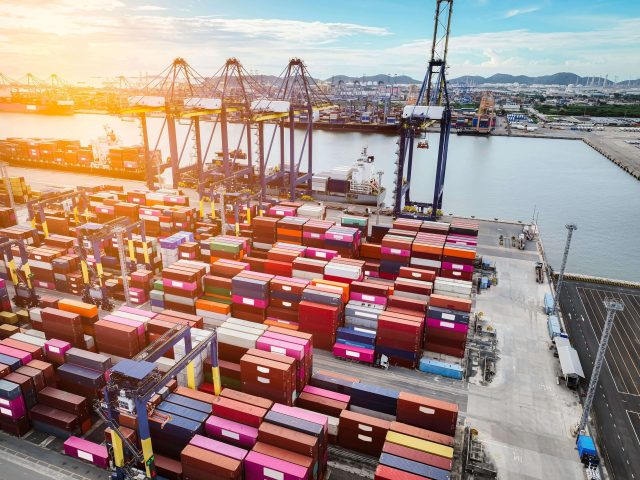
The report concerning the TBI 2025 (Trade Barrier Index) has been published in recent days. The analysis of such a document is interesting especially if we look at the economic situation we are currently experiencing. The world described by this index is certainly quite different from the one that could potentially be detected in the coming year, especially because of the rush of duties triggered by the Trump administration’s new economic policies on international trade. The duties imposed by the United States have already had, as a response, a tightening of import-export costs, which could affect – in the medium and long term – the economies of several countries and even the entire European Union. The US relationship with China, for example, as well as the future summits that may take place between President Trump and Europe with Ursula Von Der Leyen, will certainly be elements to be taken into account in the forthcoming Trade Barrier Index analysis. At the same time, the TBI 2025 report is an indispensable starting point to be analysed, useful to lay a foundation that can help us understand the moves of the major economic and trade powers on the international chessboard.
WHAT DOES THE TRADE BARRIER INDEX MEASURE?
In order to analyse this data, we first need to understand where it comes from, what it represents and how it is collected. The Trade Barrier Index, as a composite index, uses data from diverse and authoritative sources such as the OECD (Organisation for Economic Cooperation and Development) for restrictions on services, or the WTO (World Trade Organisation) to analyse non-tariff barriers, tariffs and free trade agreements. To understand what this index measures, however, it is necessary to go into the specifics of the data and the methodology with which they are displayed. The Trade Barrier Index analyses direct and indirect trade barriers in 122 countries, covering roughly 97% of the world’s GDP and 80% of the global population. Compared to the 2023 edition, which included 88 countries, this edition represents a significant expansion to better reflect global trade dynamics. The goal of this index is to analyse the totality of trades carried out by the entire global population, and considering the level reached in this edition it may well provide a more than truthful projection. In particular, the direct barriers examined fall into three categories: tariffs, non-tariff barriers (NTBs) and restrictions on services. Then there is a fourth pillar of the analysis called Facilitation, which aims to assess structural elements affecting trade, such as logistics, property rights, restrictions on digital trade and the participation of states in free trade agreements (FTAs).
THE LIMITATION OF THE CURRENT ECONOMIC CONTINGENCY
As already stated in the introduction of this article, the Trade Barrier Index of 2025 might as well be considered a study piece for economic history, especially because of the new economic trade policies imposed by the US under the Trump Administration. It also has to be taken into account that the data contained in the recently published report was collected and analysed in the very first months of 2025, while the new US data only arrived in the month just prior to the publication of the paper. Indeed, the tables contained therein do not reflect the prospect that Trump’s tariff campaign (initiated to address alleged trade imbalances) may be permanent. The US is currently ranked 61st globally in a list dominated by Hong Kong and closed by Indonesia in 122nd place. Should the tariff campaign become a structural policy and not a short-term political strategy, then the US position would be revised downwards, dropping them to 111th place between Gambia and Kyrgyzstan. Rankings on disaggregated data would also fall, dropping the US to last place in the tariff rankings by raising the average tariff rate to the highest level among the 122 countries (surpassing Egypt’s current high of 19%) and raising the share of tariff exemptions from 47% to 0%.



 Subscribe
Subscribe